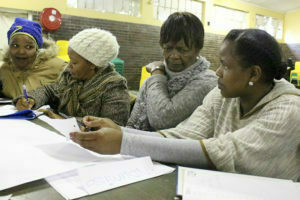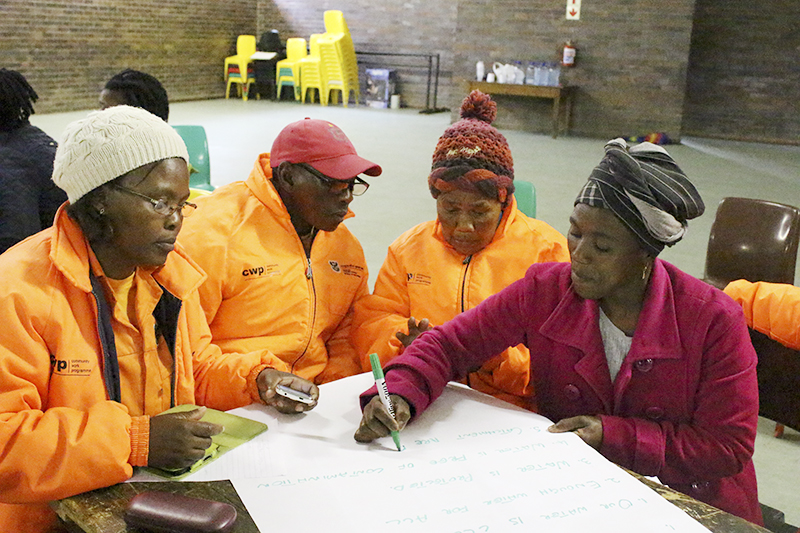Politicians, city officials and experts met this week to map a way to manage water in the Makana area. The meeting at Noluthando Hall on Wednesday saw the Upper Kowie Water, Sanitation and Catchment Management Forum in partnership with Makana Municipality and the Department of Water and Sanitation put their heads together towards an integrated water plan that addresses both water and sanitation services, as well as water resources.
“Health and access for farmers are just some of the broad range of concerns of communities that use an area’s water resources,” said workshop facilitator Matt Weaver. Weaver is a researcher at the Institute for Water Research.
South Africa’s water laws emphasised community participation, Weaver said. The workshop was aimed at incorporating diverse stakeholder views.
The plan was being developed in a very local context, Weaver said, and with the involvement of key groups.
“It should help get politicians, activists and communities on the same page when it comes to what should be done.
The final step was a management plan to reach agreed objectives.
“A lot of problems will be solved if you achieve those management steps,” Weaver said.

Meanwhile, the Department of Water and Sanitation says the recent recurrent rainfall in parts of the province has had little or no effect on the current drought.
This week’s report released by the Department showed that the capacity of major dams of the Eastern Cape Province Water Supply System are at 55.6%, compared to this time last year at 65.1%.
According to DWS: The Algoa system is at 31.5% compared to 31.3% last week, a slight increase of 0.2%. This system supplies Nelson Mandela Bay (NMB). The Amathole System supplying Buffalo City Metro (BCM) is at an average of 59.2%, compared to last week’s 61.1%. In the Chris Hani District, Lubisi Dam is at 43.7%, Oxkraal Dam at 28.5%. Nqadu Dam in the OR Tambo District is at 19.5%. Gcuwa Dam in Amathole is at 14.6%. Sterkspruit Dam in the Joe Gqabi District remains at 91.4% this week compared to this time last year at 99.4%.
“Dam levels across the province are very low with some areas already facing critical levels,” the Department said. “The vision for good summer rainfall is looking depressing and this may lead to more areas being affected by severe drought.
“The DWS will continue monitoring dam levels for better planning and encouraging communities to use water sparingly.”
This week, Howieson’s Poort Dam was at 20.6%. While Settlers Dam continues to be reported as 20%, the actual level can’t be measured because it’s too low for the existing meter and some estimates put it at 15% or lower.


